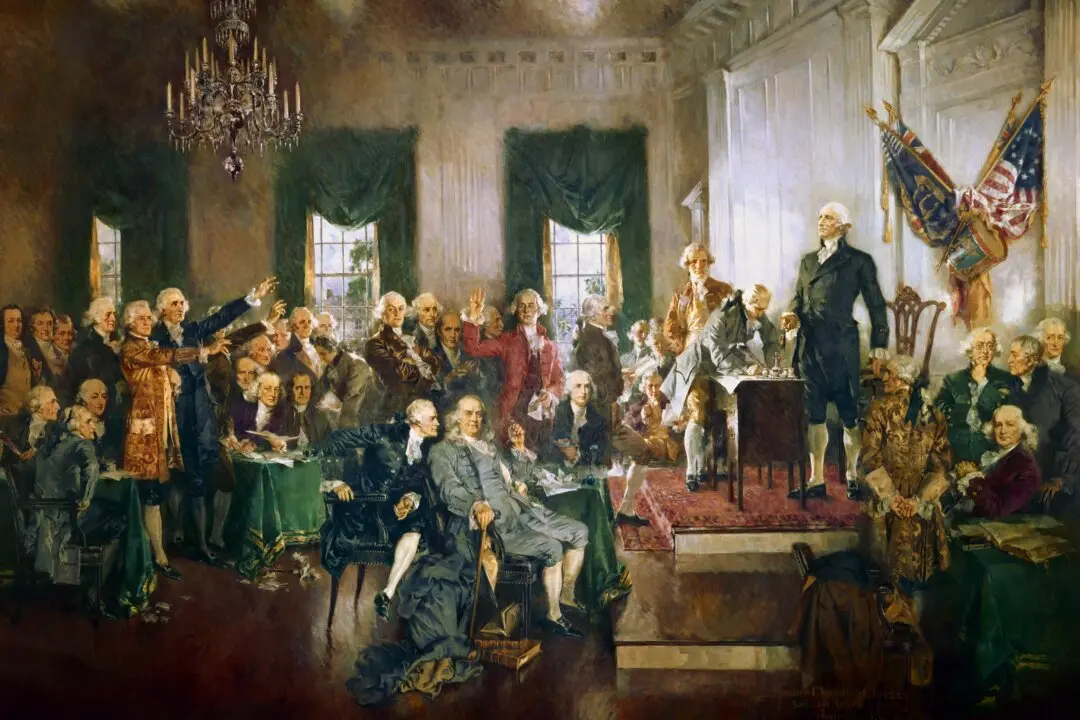PG | 1 h 46 min | TV Drama, Biopic | 1975
Teenaged Mildred Ella “Babe” Didrikson (Susan Clark) dreams of becoming “the greatest athlete.” So, she grows up practicing basketball and track-and-field sports in her neighborhood. She also works with weights in the makeshift gym her father built for her in their working-class backyard in Beaumont, Texas.





